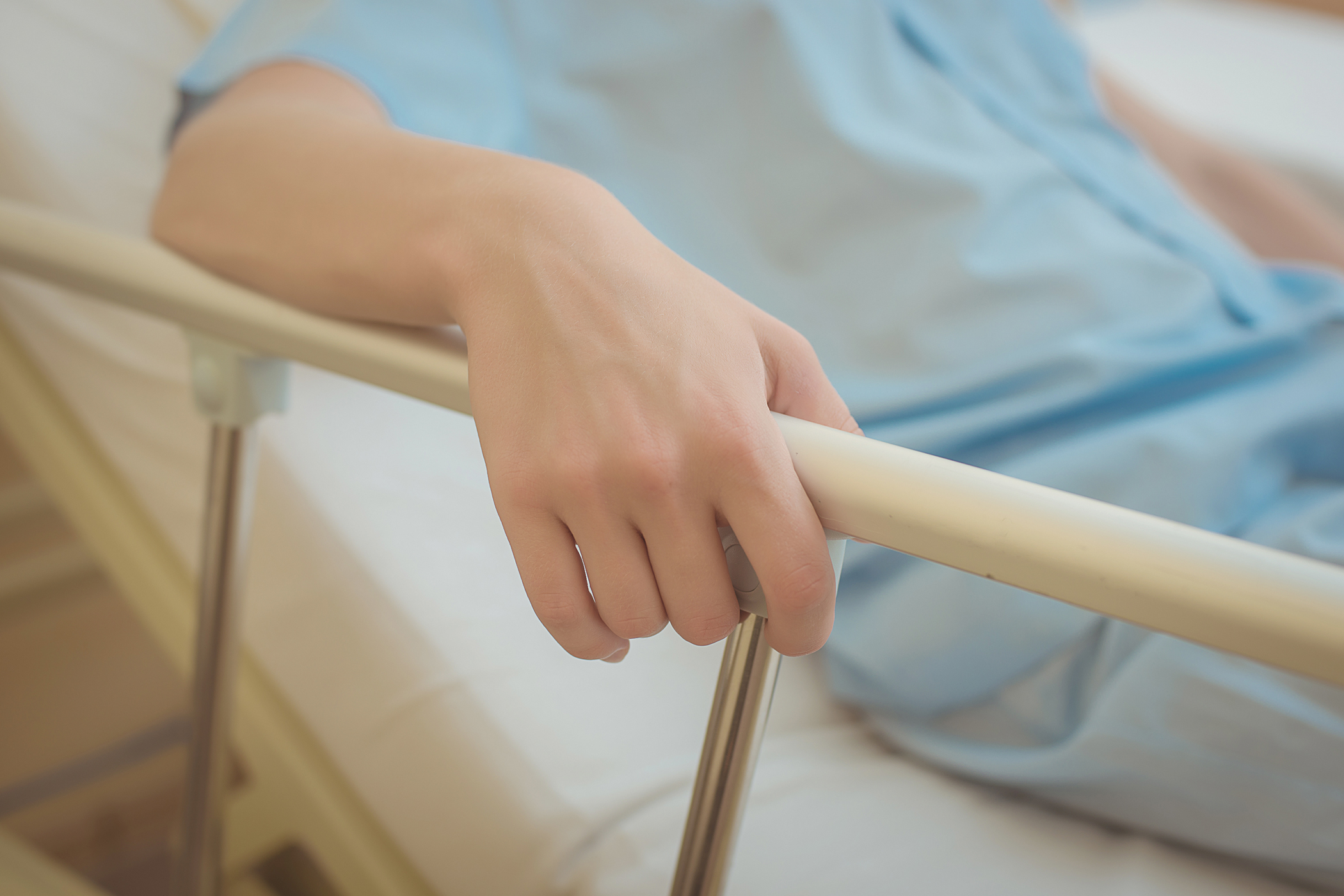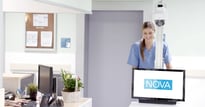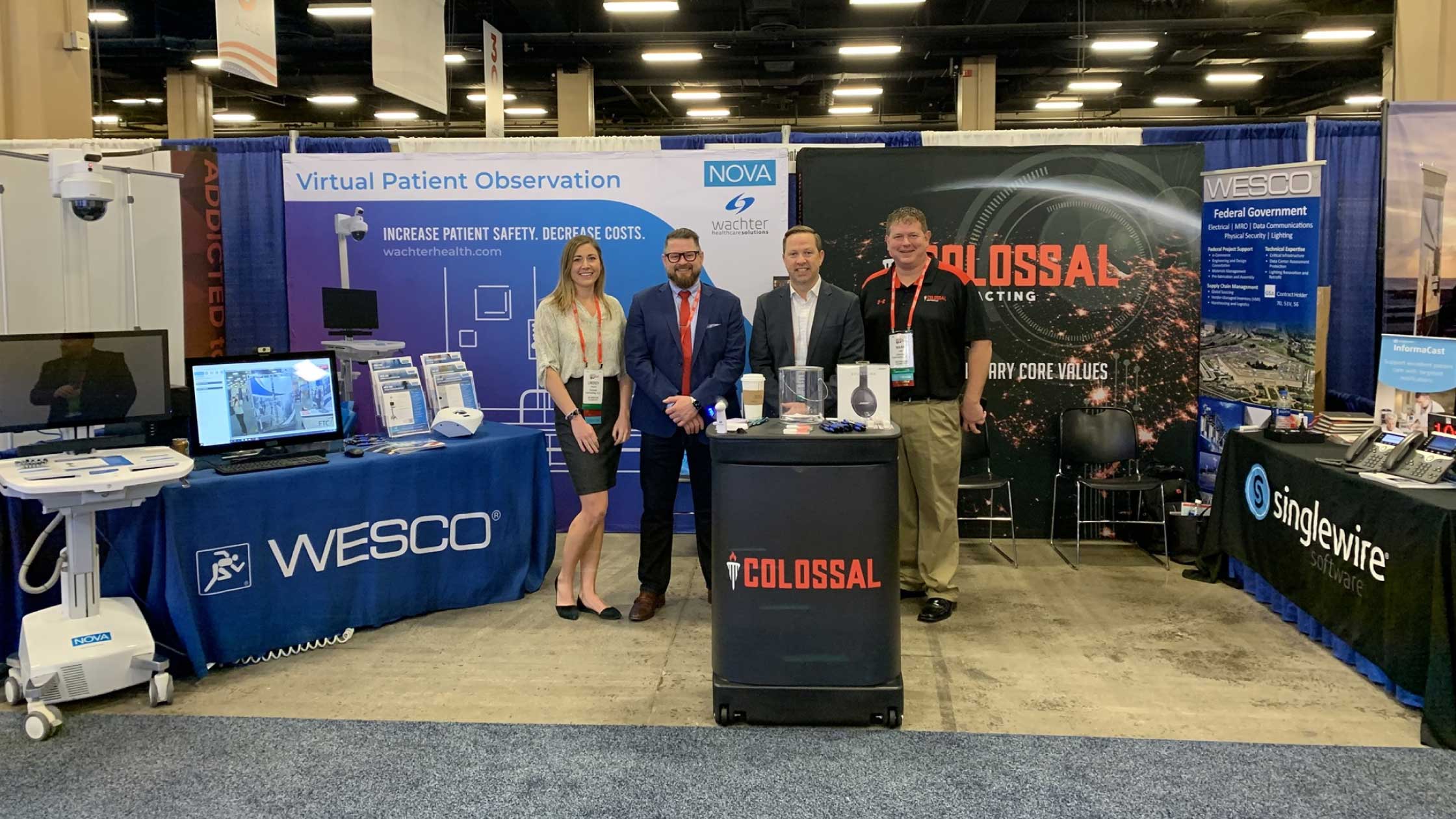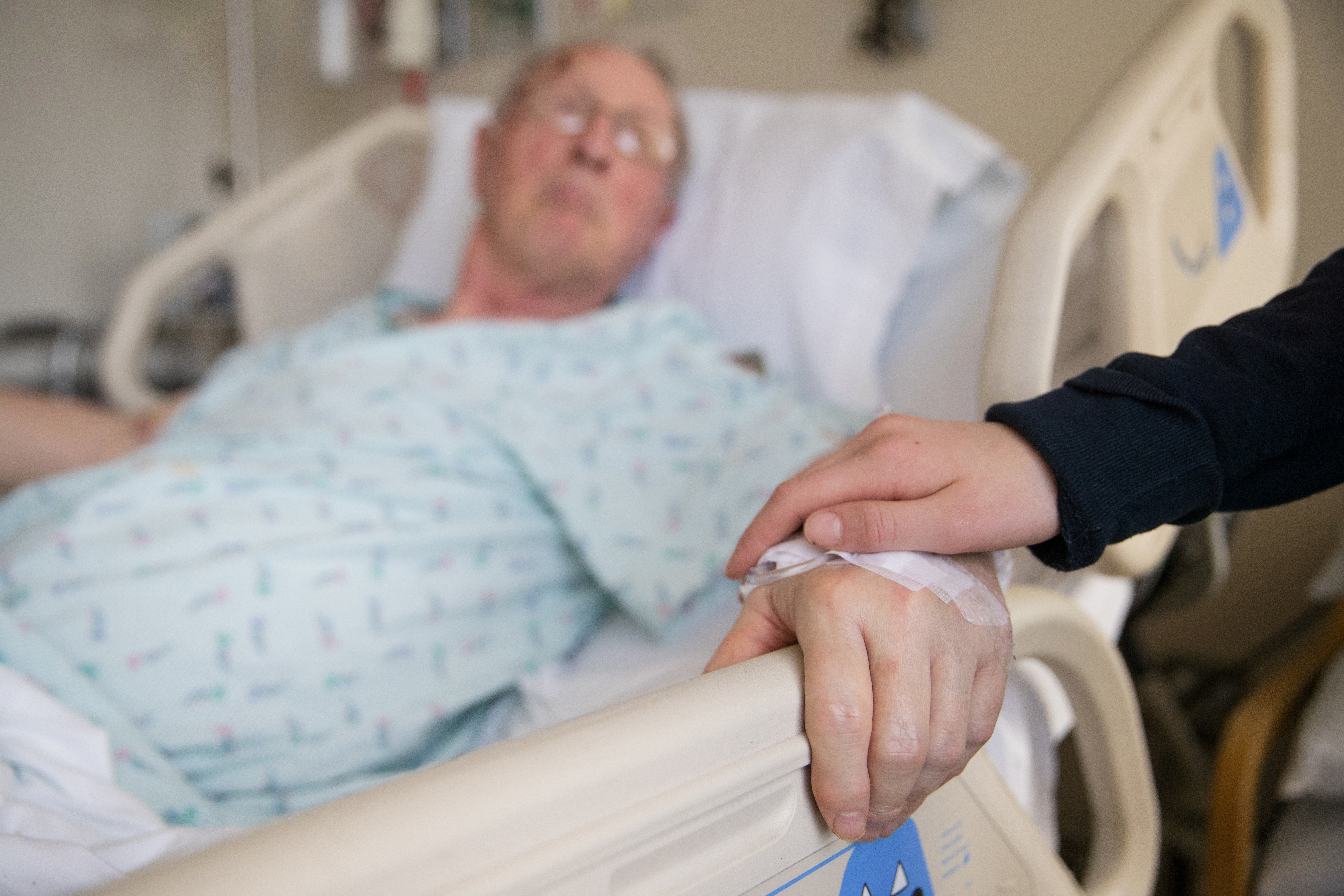Falls are costly. Patients, family members, nursing staff, physicians, and healthcare organizations know that everyone loses when a patient falls. Even though every healthcare organization desires to have zero falls, it is estimated that between 700,000-1,000,000 individuals fall in U.S. hospitals every year. The public is demanding more transparency from healthcare organizations than ever before and individuals are deciding where to seek care based on quality metrics including patient safety. Healthcare organizations are increasingly making their quality data open to the public in an act of transparency and accountability to the public.
States have implemented policies geared toward greater transparency of quality metrics as well. Government payers are holding healthcare organizations accountable for preventing in-hospital patient falls by training nursing staff with patient fall prevention education. In fact, the Centers for Medicare and Medicaid Services (CMS) felt so strongly that falls are preventable in the hospital that they stopped paying for any injuries related to inpatient falls.
Regardless of the lens you look through, falls should be a top priority for healthcare organizations. The problem is that solutions are not that simple. While organizations across the country struggle to hire and retain qualified nursing personnel, the Baby Boomer generation is aging and increasing the demand for healthcare services as the need for nurses skyrockets.
Hospitals are in need of innovative solutions to help provide safe and effective patient care. Falls continue to be an ongoing problem that healthcare organizations are struggling to fix. Falls are consistently in the top ten sentinel events reported to the Joint Commission. A single hospital fall costs an average of $30,000 and can leave a lasting impression on patients and family.
Healthcare organizations are looking for multifaceted approaches to fall prevention.
A single fall risk assessment is not the solution to Fall Prevention
Healthcare organizations go to great lengths to classify patients as a fall risk. There are numerous fall risk assessment tools such as the Morse Fall Scale, the STRATIFY Scale, Hendrich II Fall Risk Model, Johns Hopkins Fall Risk Assessment Tool, and STEADI.
Research varies in regards to the effectiveness of these fall risk assessment tools and most healthcare organizations adopt at least one tool. Healthcare organizations put significant resources into identifying patients at risk of falling, yet an assessment alone does not prevent a single fall. Even if a fall risk tool could accurately identify all fall risk patients, healthcare organizations still need a comprehensive strategy to prevent falls. Risk assessment is meaningless without proper intervention.
Healthcare organizations should utilize fall risk assessment tools but understand their limitations. Most notably, a significant number of individuals who experience falls who are not identified as a fall risk or assessed with the proper risk assessment. This affirms the needs for measures outside of a fall risk assessment tool, especially that of critical thinking and discernment from staff.
Additionally, fall risk assessment tools are often used in settings where there is no evidence to suggest their use. When a fall risk assessment tool is studied and then implemented outside of the area it was researched in, the specificity of the test decreases. In other words, fall risk assessment tools might have little clinical value in the areas they are being used in.
Healthcare organizations need a comprehensive strategy geared toward preventing falls more so than assessing risk.
Patient education as universal fall prevention strategies in hospitals
The term universal fall precautions refers to any action performed to reduce falls for any patient, regardless of fall risk. In the healthcare setting, universal fall precautions include keeping rooms well lit, keeping the room clear of any clutter or tripping hazards, familiarizing the patient to the environment, and ensuring the patient’s call light is within reach.
Multicomponent interventions have been shown to decrease falls in the hospitals by upwards of 30%, and fall prevention education are an integral part of fall reduction interventions.
Falls continue to be an ongoing problem that healthcare organizations are struggling to fix. Falls are consistently in the top ten sentinel events reported to the Joint Commission.
One study found that fall rates in older adults with intact cognitive function that received written materials, a video, and one-on-one training to reduce falls were significantly less likely to fall compared to a similar group of older adults that received no patient fall prevention education.
Another study had patients watch a DVD on preventing patient falls, which resulted in higher levels of fall risk awareness, confidence, and motivation compared to a group who received only written materials. The same study found that participants who had either watched a DVD or received written patient fall prevention education scored significantly higher across all desired knowledge items when compared to the control group, which received no education. Most studies measured patient education as part of a group of interventions to prevent falls.
Other research suggested creating patient-centered interventions to help engage patients in fall risk reduction. One article in particular cited how all fall risk assessments were clinician-centered and most did not engage patients in any way besides assessing their fall risk through a series of questions. Strategies formed around patient fall prevention engagement as a means to achieve desired outcomes are not a new idea.
In fact, a growing body of research recommends that healthcare providers strengthen the patient’s role in managing their health in order to improve outcomes. Patient engagement can contribute to better healthcare costs, outcomes, and patient experience.
The research is clear – healthcare organizations should have a comprehensive patient fall prevention education strategy as a means to reduce patient falls in their facility. An in-depth report on falls noted that “the single interventions that were found to be most effective in this study were delirium avoidance programs, in-depth patient education and sustained exercise programs to prevent falls.”
Remote Patient Monitoring Used for Fall Prevention Education
One opportunity healthcare organizations should consider is NOVA’s virtual patient observation (VPO) technologies, which help staff to monitor patients at risk for falls without having to be in the room with the patient around the clock. Patient engagement with the use of modern technology is vitally important to engaging the patient in their care and improving the patient’s experiences during their stay.
Since patients need to consent to the use of VPO monitoring, a discussion will need to occur between staff and patients and their family members. This would be the ideal time to engage the patient with fall prevention education and this helpful technology solution.
Patients should be aware that VPO has a privacy setting that will turn off video functionality during cares that would potentially expose the patient or make them feel uncomfortable. Staff should be cognizant that patients and family are likely unaware of their fall risk. As part of the fall prevention education, family members should be aware of research the supports the use of video monitoring as a way to reduce falls.
A 2018 study concluded that video monitoring in a rehabilitation center significantly reduced falls. Sharing the “why” behind the use of technology will increase the confidence that patients and family members have in staff and the organization alike.
Proper implementation of VPO technology coupled with high-quality patient fall prevention education and patient engagement yields the power for healthcare organizations to provide a safer environment for patients to receive care. Healthcare organizations can implement VPO technology to cut sitter costs and improve the overall patient experience too.
Additionally, healthcare organizations can safely and effectively monitor more patients around the clock than with traditional methods. VPO is the technology of the future and healthcare organizations should consider implementing it into their settings as they work toward being a true no falls zone.
- April 25th, 2019
- Fall Prevention






